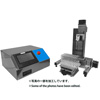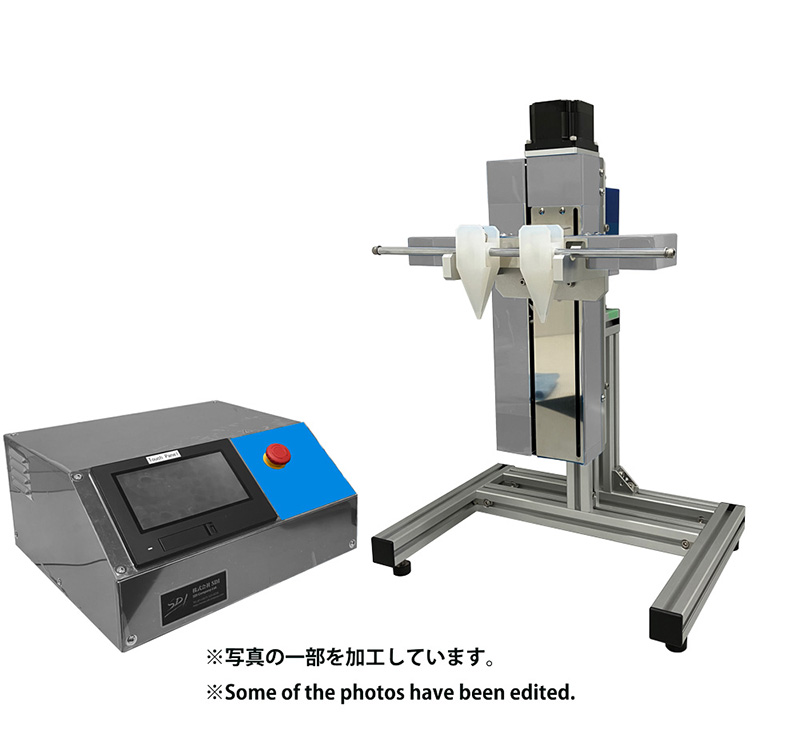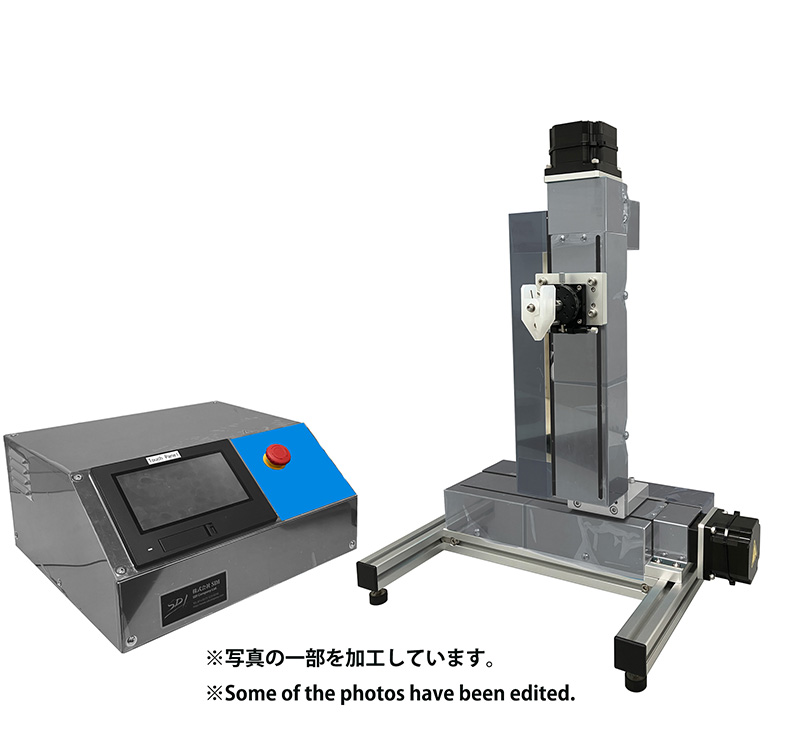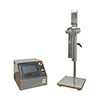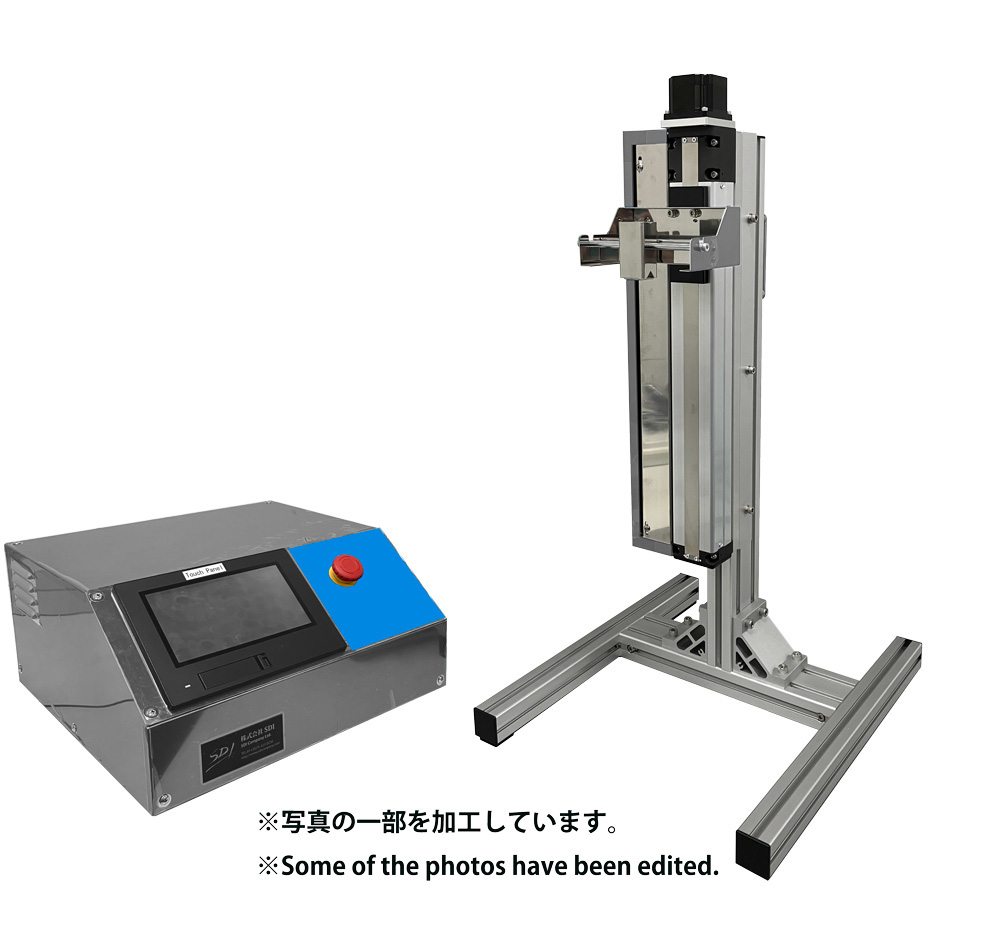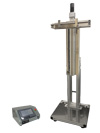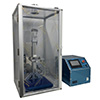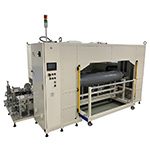Machine Translated by Google
Fluorine-based material coating method using precision dup equipment
NI Material Co., Ltd. Manufacturing
Department, Chemicals Division
Yasuhiro Oshima
[Introduction]
Our company provides fluorine-based materials such as emulsions for screen printing and oil barriers to prevent oil diffusion.We manufacture and sell coating agents for protecting substrates from moisture, and coating agents for protecting substrates from moisture.
Fluorine materials are difficult to dissolve in general organic solvents, so fluorine solvents are often used. Fluorine solvents evaporate quickly, making them difficult to handle and making it difficult to create a uniform coating film. This time, we investigated the conditions for creating a uniform coating film using a precision dipping device.
[Experimental Method]
Test solution: Our coating agent (concentration 5wt%) Coating object: Slide glass Dipping device: Microdip MD-0408 (manufactured by Eintesla Co., Ltd.) Pour about 1/3 of the coating agent (approximately 80g) into a 200ml beaker. Apply to a glass slide using a micro-dup device. The conditions are to immerse at 2mm/sec and leave for 30 seconds. Then remove.The pulling speed was 1mm/sec, 5mm/sec, and 10mm/sec. After drying at 100ÿ for 10 minutes, the surface was observed.
[Experimental results and discussion]
The surface observation results are shown in Fig. 1. At 5 mm/sec and 10 mm/sec, 5 wt% concentration, partial aggregation and phase separation structures occurred, resulting in opaqueness.It was a membrane.
At a concentration of 2 wt%, a clear and beautiful film was formed, but the microscopic When observed under a microscope, the film had a slight phase separation structure.
At a concentration of 0.5 wt%, uniform films were formed at all withdrawal speeds.
This is because the drying speed of the coating agent varies depending on the pulling speed, and the orientation of the fluorine varies.
This is thought to occur because the coating becomes thicker. It also varies depending on the concentration, and is related to the coating thickness. Multiple coatings can be considered as a way to thicken the coating and form a uniform film. A 5wt% solution was coated at a pulling speed of 1mm/sec, and dipped once, twice, and three times. The surface observation results are shown in Fig. 2. Even with three dippings, no phase separation occurred and a uniform film was formed. When the film thickness was measured with a depth microscope, it was 3ÿm for one dipping, 5ÿm for two dipping, and 7ÿm for three dipping, indicating that the thicker the film, the greater the thickness.
It was possible.
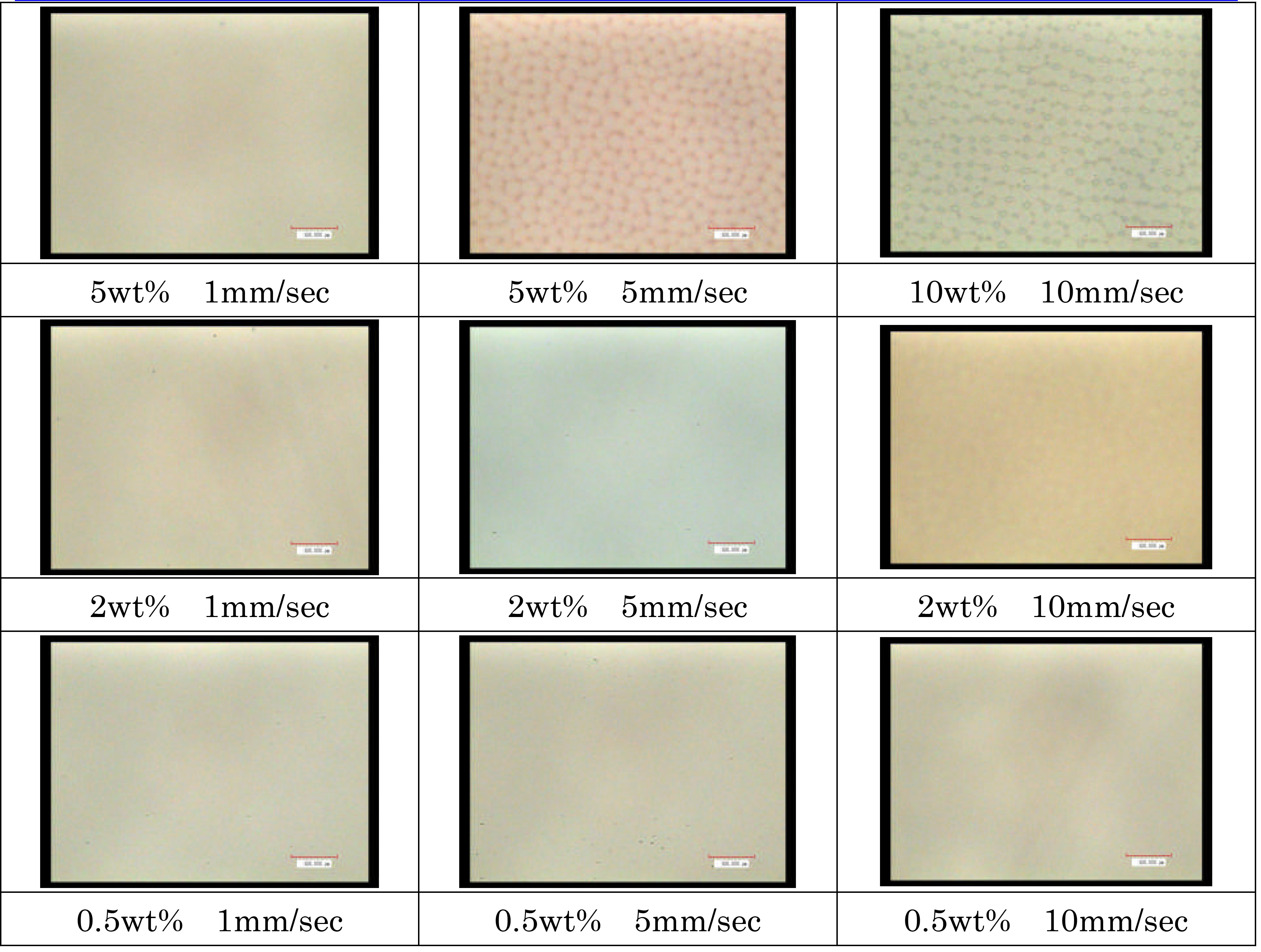 Fig.1 Surface condition due to differences in coating agent concentration and withdrawal speed
Fig.1 Surface condition due to differences in coating agent concentration and withdrawal speed
 Fig.2 Difference in surface condition due to different number of dipping
Fig.2 Difference in surface condition due to different number of dipping
以上
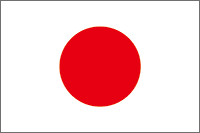 Japanease
Japanease English
English






